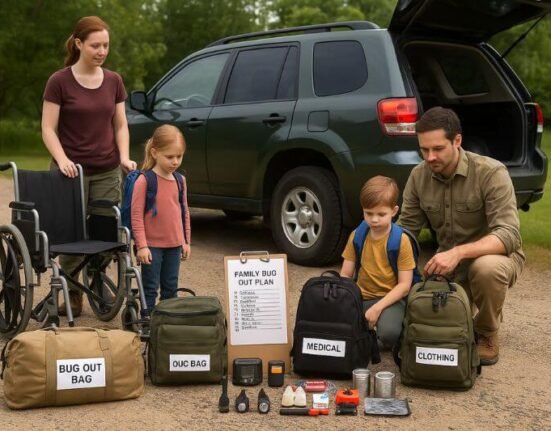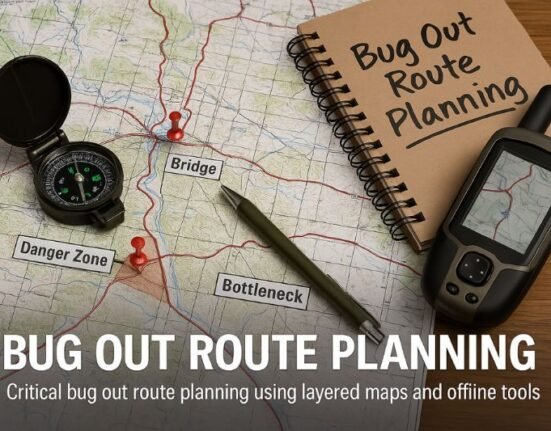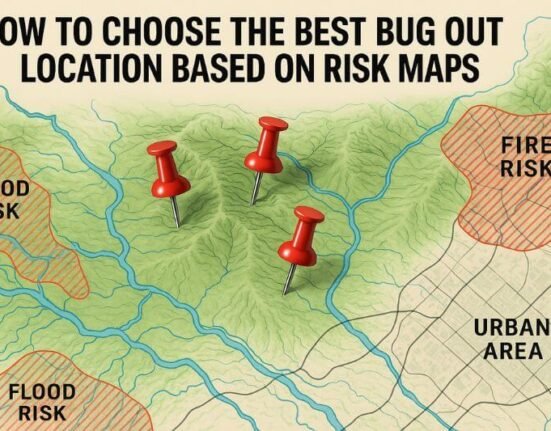During armed conflicts, civilians are often the first victims, facing dangerous conditions and severe disruptions to essential services, including evacuation routes. Understanding how conflicts impact evacuation infrastructure can help survivalists anticipate risks and enhance preparedness.
Evacuation Routes as Strategic Targets
Roads and Bridges Under Attack
Armed conflicts frequently turn evacuation routes into strategic targets. Warring factions may deliberately destroy or block roads, bridges, and airports to disrupt enemy logistics, isolate communities, and prevent escape. Unfortunately, civilians attempting evacuation bear the heaviest burden.
Increased Risks to Civilians
When evacuation routes become targeted, routes previously seen as safe corridors can quickly become death traps due to ambushes, artillery bombardments, or hidden landmines. Chaos, panic, and congestion significantly increase the danger, trapping vulnerable populations in conflict zones.
Case Study: Ukraine’s Evacuation Challenges (2022)
Mariupol and Kharkiv Examples
The 2022 conflict in Ukraine vividly demonstrated the dangers to evacuation infrastructure. Civilian evacuation corridors from Mariupol and Kharkiv repeatedly faced attacks, closures, and sabotage, forcing citizens into risky detours or trapping them entirely in besieged areas. This case highlights how quickly conventional evacuation plans can collapse in active conflict environments.
Preparing for Evacuation Route Disruptions
Identify Alternative Escape Routes
Survivalists should proactively identify multiple evacuation paths, including lesser-known rural roads, forest trails, waterways, or unconventional routes that may remain secure when main infrastructure fails.
Maintain Real-Time Intelligence
Regularly monitoring trusted open-source intelligence (OSINT) sources can provide crucial real-time updates on route safety, ensuring rapid adaptation to changing conflict conditions.
Establish Communication Networks
Building robust local communication channels allows communities to share immediate route information, enhancing collective safety during evacuations.
Equip Emergency Evacuation Kits
Preparing comprehensive evacuation kits—including maps, radios, medical essentials, and portable survival gear—ensures readiness for rapid mobility under compromised conditions.
Flexibility and Quick Decision-Making
Effective evacuation during armed conflict demands flexibility. Being ready to alter routes swiftly and decisively based on real-time intelligence can make the difference between safety and disaster.
Conclusion
In armed conflicts, evacuation routes frequently shift from lifelines into dangerous traps. Anticipating these disruptions through strategic planning, continuous intelligence gathering, and community coordination can significantly enhance civilian survival. The key to effective evacuation planning lies in proactive preparation, adaptability, and heightened situational awareness.















